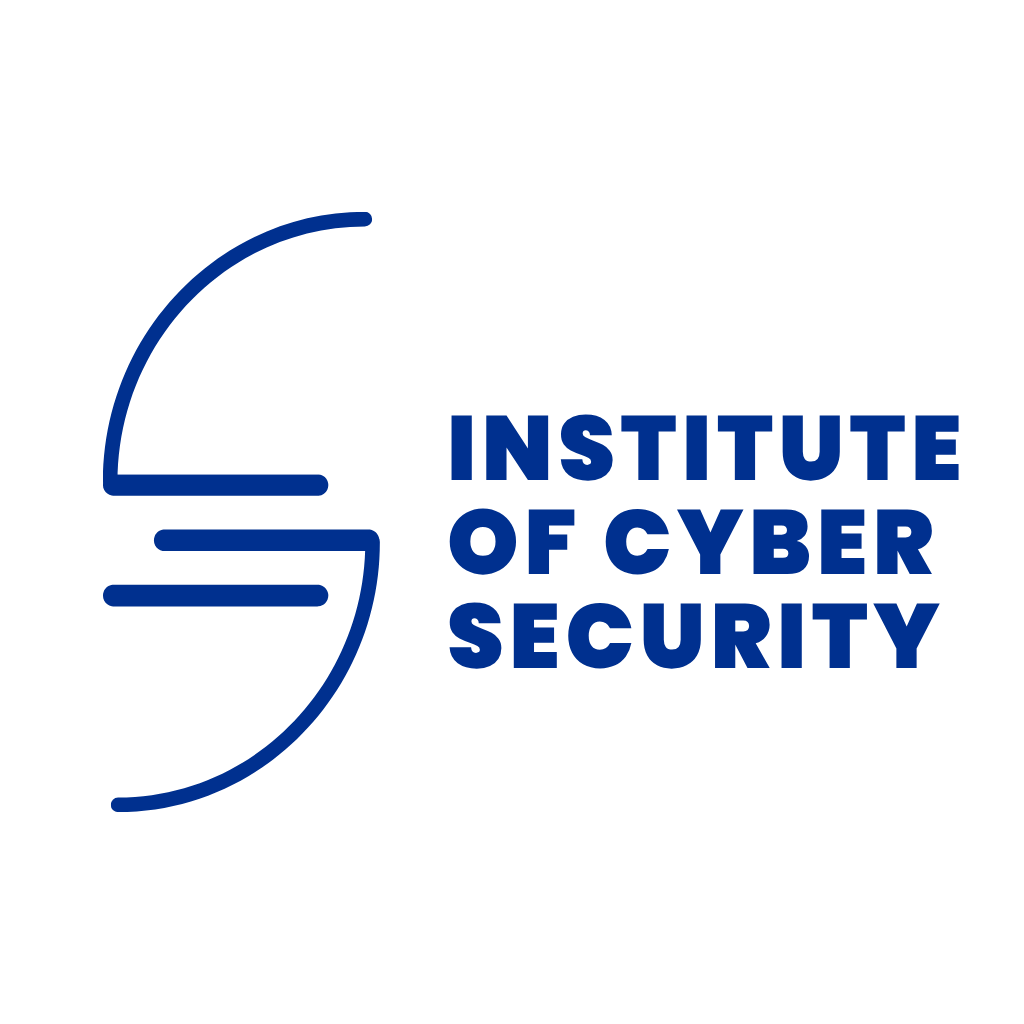I. August 2025 Cyber Threat Landscape: An Executive Overview
August 2025 will be remembered as the month the cybersecurity community was forced to confront the systemic risk of the Software-as-a-Service (SaaS) supply chain. A sophisticated, socially engineered campaign targeting Salesforce environments created a domino effect, toppling security defenses at some of the world’s largest technology, finance, and consumer companies. This series of interconnected breaches, running parallel to potent ransomware attacks and the disclosure of a critical Windows zero-day, underscored the fragility of trust in the digital ecosystem.1
This report dissects the month’s defining events, including the multi-faceted Salesforce vishing campaign, major ransomware incidents at Manpower and Orange SA, and a critical Microsoft Patch Tuesday that revealed the “BadSuccessor” Kerberos zero-day. The analysis also covers emerging threats, such as malware embedded in AI-generated images, and new regulatory pressures taking shape in California.2
II. The Headliner: The Salesforce Supply-Chain Campaign – A Systemic Compromise
The primary story of August was not a single breach, but a cascade of them, all originating from a single, cleverly executed attack strategy. A campaign attributed to the notorious hacking group ShinyHunters targeted not the Salesforce platform itself, but its customers, turning a trusted enterprise tool into a master key for widespread data theft.1
The Attack Vector – Social Engineering, Not Software Flaw
The campaign’s success did not hinge on a zero-day vulnerability or a complex technical exploit within Salesforce’s infrastructure. Instead, it relied on one of the oldest and most effective techniques: social engineering. Attackers employed voice phishing, or “vishing,” to manipulate employees at targeted organizations.5 By impersonating IT or support staff, the threat actors tricked employees into granting OAuth access tokens to malicious applications or using legitimate Salesforce tools, like the Data Loader app, to bulk-exfiltrate sensitive customer relationship management (CRM) data.2 This method cleverly bypassed technical controls by targeting the human layer, turning authorized users into unwitting accomplices.
The Domino Effect – A Cascade of Breaches
The effectiveness of this strategy was demonstrated by the sheer breadth of its victims, which spanned nearly every major industry sector. The compromise of one trusted platform rippled outwards, leading to a series of high-profile breaches:
- Technology: The campaign’s victims included some of the most security-mature companies in the world. Google confirmed a breach of its Salesforce-hosted customer database, while HR software giant Workday and networking leader Cisco also disclosed that their CRM data had been compromised through the same vishing tactics.1
- Finance & Insurance: The financial sector was hit particularly hard. Credit reporting agency TransUnion revealed a breach affecting 4.4 million individuals, exposing highly sensitive personally identifiable information (PII), including Social Security numbers.1 Similarly, Farmers Insurance confirmed that a third-party vendor compromise linked to the Salesforce campaign exposed the personal details of over 1.1 million people.5
- Retail & Aviation: The campaign also impacted major consumer-facing brands. Luxury fashion house Chanel and jewelry giant Pandora both suffered breaches of their Salesforce CRM systems, exposing customer records.5 In the travel sector, Air France and KLM announced a breach originating from a compromised third-party customer support system integrated with their Salesforce environment.1
The brilliance of this campaign lies not in its technical complexity, but in its strategic exploitation of the trusted, interconnected nature of modern enterprise SaaS platforms. Organizations invest heavily in securing their own network perimeters with firewalls, endpoint detection, and other advanced tools. Simultaneously, they place immense trust in critical SaaS platforms like Salesforce, which become central repositories for their most valuable data—customer lists, sales pipelines, and support logs. The security of this data is therefore dependent not just on Salesforce’s own robust infrastructure, but on every employee at the client company who has access credentials and every third-party application integrated via OAuth protocols.
ShinyHunters identified this as the weakest link. Instead of launching a frontal assault on Google’s or TransUnion’s hardened networks, they attacked their use of Salesforce. This approach effectively turned the platform’s greatest strengths—its ubiquity and deep integration into business processes—into a systemic vulnerability. This represents a paradigm shift in supply-chain attacks, moving from targeting a single company to compromising an entire business ecosystem through a central, trusted node.
III. Monthly Threat Briefing: Major Data Breaches and Ransomware Operations
While the Salesforce campaign dominated headlines, other significant attacks underscored the diverse and persistent threats facing organizations.
Analysis of Key Incidents
- Manpower: The global staffing firm was hit by the RansomHub ransomware group. The attackers exfiltrated a massive 500GB of data before deploying their encryption payload, impacting over 144,000 individuals.1 The stolen data was exceptionally sensitive, including scans of Social Security cards and passports, reinforcing the fact that staffing and HR firms are high-value targets due to the comprehensive PII they are required to hold.9
- Orange SA: France’s largest telecommunications provider, Orange SA, was targeted by the Warlock ransomware group.4 The attack resulted in the theft and subsequent leak of sensitive enterprise customer data and internal corporate documents on the dark web, highlighting the continued focus of ransomware gangs on critical infrastructure providers whose disruption can have national-level consequences.1
- Government & Finance: Public sector and financial institutions also faced significant threats. The Office of the Pennsylvania Attorney General suffered a major systems outage following a cyberattack, with experts suspecting the exploitation of a known Citrix NetScaler vulnerability.2 In the financial sector, Connecticut-based Connex Credit Union disclosed a breach that compromised the personal data of approximately 172,000 customers.1
August 2025 Data Breach & Ransomware Summary
The following table provides a summary of the month’s most significant incidents, offering a scannable overview of the threat landscape.
| Victim Organization | Threat Actor / Ransomware Group | Scope of Impact (Records, Data Types) | Attack Vector & Key Insight |
| Google, Workday, etc. | ShinyHunters | Unknown number; CRM and customer support data | Vishing & OAuth abuse targeting Salesforce instances. Demonstrates systemic SaaS supply-chain risk. |
| TransUnion | ShinyHunters | 4.4 million individuals; PII, SSNs | Third-party application compromise linked to Salesforce campaign. Highlights risk in financial data aggregation. |
| Farmers Insurance | ShinyHunters | 1.1 million individuals; PII, driver’s licenses | Third-party vendor compromise via Salesforce vishing. Shows cascading impact on the insurance sector. |
| Manpower | RansomHub | 144,189 individuals; 500GB of data including SSNs, passports | Ransomware with data exfiltration. Staffing firms are prime targets due to the sensitive PII they hold. |
| Orange SA | Warlock | Unknown; Enterprise customer data, corporate documents | Ransomware targeting critical telecom infrastructure. Highlights national security implications. |
| Connex Credit Union | Unknown | 172,000 customers; Personal and financial data | Unauthorized system access. Reinforces the constant pressure on regional financial institutions. |
IV. Vulnerability & Exploit Analysis: The Digital Arms Race
August was a critical month for vulnerability management, dominated by a massive patch release from Microsoft that included a publicly disclosed zero-day.
Microsoft’s August Patch Tuesday
Microsoft released updates to fix between 107 and 111 security flaws across its product portfolio, one of the larger releases of the year.10 The most common vulnerability categories were Elevation of Privilege (EoP), accounting for roughly 39% of the patches, and Remote Code Execution (RCE), which made up 33%. This focus highlights a landscape where attackers are heavily invested in both gaining initial access (RCE) and escalating their privileges once inside a network (EoP).10
The “BadSuccessor” Zero-Day (CVE-2025-53779)
The most significant disclosure of Patch Tuesday was CVE-2025-53779, a publicly known zero-day vulnerability in Windows Kerberos dubbed “BadSuccessor” by the researchers who discovered it.11 This moderate-severity EoP flaw (CVSS 7.2) allows an attacker who has already compromised a privileged account to exploit a weakness in delegated Managed Service Accounts (dMSA) to escalate their privileges to that of a full domain administrator.10 While not an initial access vector, this vulnerability is a powerful tool for attackers seeking to achieve complete network takeover after gaining an initial foothold.
Other Critical Vulnerabilities
Beyond the zero-day, several other critical vulnerabilities demanded immediate attention:
- Azure OpenAI (CVE-2025-53767): A critical EoP vulnerability in Azure OpenAI services with a perfect 10.0 CVSS score. This flaw highlighted the immense security risks associated with the AI infrastructure that is becoming central to enterprise operations.11
- Windows Graphics & GDI+ (CVE-2025-50165, CVE-2025-53766): Two critical RCE vulnerabilities, both with near-perfect 9.8 CVSS scores. These flaws could be triggered when a user simply opens a malicious document or processes a specially crafted image, posing a severe threat to end-user systems and web services.10
- WinRAR (CVE-2025-8088): A high-severity directory traversal vulnerability in the ubiquitous file-archiving tool was found to be actively exploited by the RomCom advanced persistent threat (APT) group. This served as a potent reminder that even trusted utility software can be a critical security risk.13
The month’s events reveal a clear and dangerous feedback loop between large-scale data breaches and the exploitation of technical vulnerabilities. The Salesforce campaign was primarily about gaining initial access to user accounts and data within a specific application context. The stolen credentials and access tokens from such a breach provide the necessary foothold for attackers to enter a corporate network. Once inside, a post-compromise vulnerability like the “BadSuccessor” Kerberos flaw becomes invaluable. It is not an initial access vector; its exploitation requires an attacker to already possess privileged credentials. An adversary could use credentials stolen from the Salesforce breach to access a corporate network as a standard user. From there, they could leverage the Kerberos vulnerability to escalate their privileges to a domain administrator, effectively seizing control of the entire network. This demonstrates that the headline breach event and the top vulnerability are not separate stories; they are two halves of a potential, devastating attack path. This reality underscores the necessity of a defense-in-depth strategy that addresses both human-centric social engineering and deep technical vulnerabilities.
V. Strategic Threat Intelligence: Regulatory Shifts and Emerging Threats
Beyond the immediate incidents, August also provided a glimpse into the future of cybersecurity regulation and the evolution of AI-powered threats.
Regulatory Horizon – California’s CCPA Audit Mandate
The California Privacy Protection Agency revealed plans to implement new audit requirements under the California Consumer Privacy Act (CCPA).2 If approved, the rule would require businesses that collect and process the personal data of California consumers to undergo annual cybersecurity audits conducted by a qualified third party. This marks a significant regulatory evolution, moving beyond reactive breach notification laws toward a proactive mandate for verifiable security posture. This development signals a future where simply claiming to have security controls will be insufficient; organizations will be legally required to prove their effectiveness through independent validation.2
The AI Attack Surface – Malware in Images
In a concerning development, researchers at the firm Trail of Bits demonstrated a novel technique for hiding malicious prompts inside images.3 These prompts are revealed and processed when the image is handled by a Large Language Model (LLM), potentially tricking the AI into executing unintended actions or revealing sensitive information. While still in the research phase, this represents an early look at a new class of AI-centric attack vectors, where the AI model itself becomes the target of exploitation.3
VI. Synthesis and Recommendations for Security Leaders
August 2025 was a masterclass in interconnected risk. The lines between insider threat (tricked employees), supply-chain risk (SaaS platforms), and technical vulnerabilities (zero-days) have blurred completely. The key takeaway is that trust itself—in employees, in vendors, in software—is the primary target for modern adversaries.
Based on the month’s events, security leaders should consider the following actions:
- Re-evaluate SaaS Supply-Chain Risk: Security assessments must move beyond vendor questionnaires. Organizations should actively audit OAuth integrations, enforce the principle of least privilege for all third-party applications, and deploy tools to monitor data flows to and from critical SaaS platforms like Salesforce.
- Intensify Human-Centric Defenses: The success of the vishing campaign is definitive proof that technical controls alone are insufficient. Security programs must invest in continuous, simulation-based security awareness training that includes vishing and smishing scenarios. Furthermore, the deployment of stronger identity controls, particularly phishing-resistant multi-factor authentication (MFA) like FIDO2, should be a top priority.
- Prioritize Patching for Post-Compromise Flaws: The danger of EoP vulnerabilities like “BadSuccessor” cannot be underestimated. Security teams must operate under an “assume breach” mentality and prioritize the patching of flaws that enable lateral movement and privilege escalation, as these are the vulnerabilities that allow attackers to turn a minor incident into a catastrophic one.
- Prepare for Proactive Regulation: The upcoming CCPA audit requirement is a bellwether for future regulation. CISOs should begin preparing for a reality where demonstrating a robust security posture through independent, third-party audits is a baseline legal requirement, not just an industry best practice.





